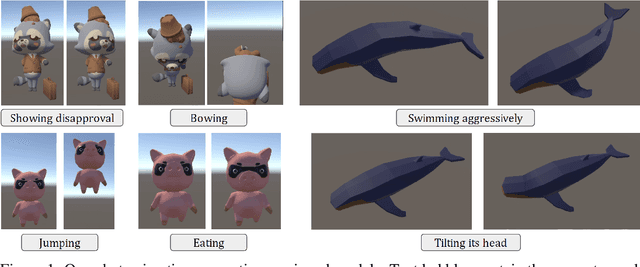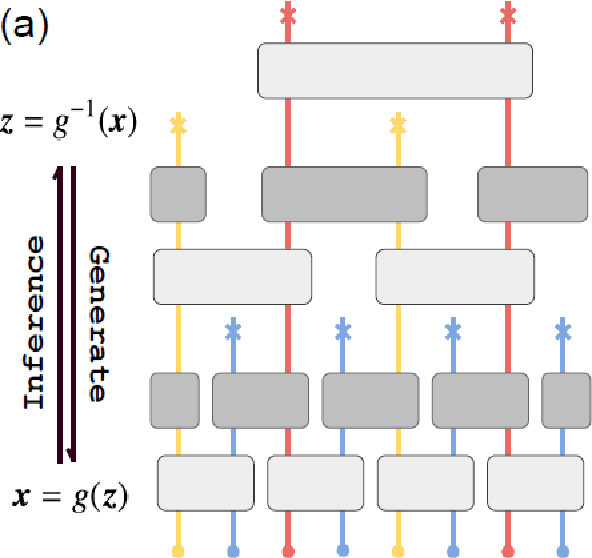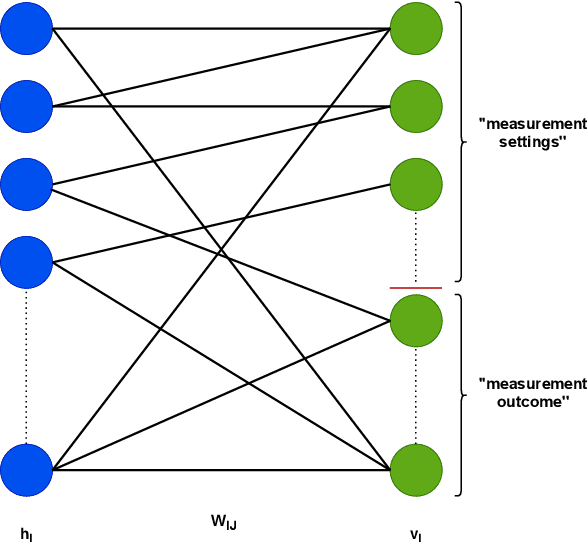Jaron Lanier
Real-time Animation Generation and Control on Rigged Models via Large Language Models
Oct 27, 2023



Abstract:We introduce a novel method for real-time animation control and generation on rigged models using natural language input. First, we embed a large language model (LLM) in Unity to output structured texts that can be parsed into diverse and realistic animations. Second, we illustrate LLM's potential to enable flexible state transition between existing animations. We showcase the robustness of our approach through qualitative results on various rigged models and motions.
LLMR: Real-time Prompting of Interactive Worlds using Large Language Models
Sep 21, 2023Abstract:We present Large Language Model for Mixed Reality (LLMR), a framework for the real-time creation and modification of interactive Mixed Reality experiences using LLMs. LLMR leverages novel strategies to tackle difficult cases where ideal training data is scarce, or where the design goal requires the synthesis of internal dynamics, intuitive analysis, or advanced interactivity. Our framework relies on text interaction and the Unity game engine. By incorporating techniques for scene understanding, task planning, self-debugging, and memory management, LLMR outperforms the standard GPT-4 by 4x in average error rate. We demonstrate LLMR's cross-platform interoperability with several example worlds, and evaluate it on a variety of creation and modification tasks to show that it can produce and edit diverse objects, tools, and scenes. Finally, we conducted a usability study (N=11) with a diverse set that revealed participants had positive experiences with the system and would use it again.
Steps towards prompt-based creation of virtual worlds
Nov 10, 2022Abstract:Large language models trained for code generation can be applied to speaking virtual worlds into existence (creating virtual worlds). In this work we show that prompt-based methods can both accelerate in-VR level editing, as well as can become part of gameplay rather than just part of game development. As an example, we present Codex VR Pong which shows non-deterministic game mechanics using generative processes to not only create static content but also non-trivial interactions between 3D objects. This demonstration naturally leads to an integral discussion on how one would evaluate and benchmark experiences created by generative models - as there are no qualitative or quantitative metrics that apply in these scenarios. We conclude by discussing impending challenges of AI-assisted co-creation in VR.
The Autodidactic Universe
Mar 29, 2021



Abstract:We present an approach to cosmology in which the Universe learns its own physical laws. It does so by exploring a landscape of possible laws, which we express as a certain class of matrix models. We discover maps that put each of these matrix models in correspondence with both a gauge/gravity theory and a mathematical model of a learning machine, such as a deep recurrent, cyclic neural network. This establishes a correspondence between each solution of the physical theory and a run of a neural network. This correspondence is not an equivalence, partly because gauge theories emerge from $N \rightarrow \infty $ limits of the matrix models, whereas the same limits of the neural networks used here are not well-defined. We discuss in detail what it means to say that learning takes place in autodidactic systems, where there is no supervision. We propose that if the neural network model can be said to learn without supervision, the same can be said for the corresponding physical theory. We consider other protocols for autodidactic physical systems, such as optimization of graph variety, subset-replication using self-attention and look-ahead, geometrogenesis guided by reinforcement learning, structural learning using renormalization group techniques, and extensions. These protocols together provide a number of directions in which to explore the origin of physical laws based on putting machine learning architectures in correspondence with physical theories.
 Add to Chrome
Add to Chrome Add to Firefox
Add to Firefox Add to Edge
Add to Edge